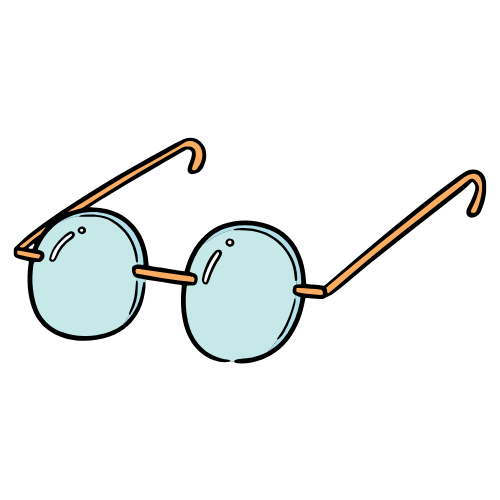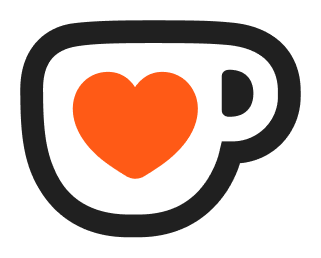The Voyage Out took birthing. Virginia Woolf’s mental state was fragile and, while working on the novel, in 1913, she attempted suicide. She did recover, eventually, and, at the age of 33, in 1915, she published her first novel. Before publication, The Voyage Out went through several drafts and corrections and, in 1981, one of these drafts even took on a life of its own. Louise deSalvo put together Melymbrosia, an early version of Woolf’s novel patched from a late draft of the published book. In 2023 I read The Voyage Out for the first time, more like a literary curiosity and a way to know the woman she was before she turned into the literary icon we love today.
Considering Woolf’s later novels, this is certainly not one which stands out, nor the most experimental. But read in retrospect, the role of The Voyage Out is, I think, to lay the foundations for her later masterpieces, To the Lighthouse, Mrs. Dalloway, Orlando. The book tells the story of Rachel Vinrace, a young woman who, together with her father, aunt and uncle, embarks on a sea voyage from England to South America. During the voyage, Rachel decides to stay with her aunt and uncle at their vacation home on Santa Marina, an English colony. Helen, her aunt, takes Rachel under her wing and tries to give her the best education a young woman in her class could have. Rachel and Helen take on the habit of “seeing life” (going for a walk after dark) and they befriend a group of English tourists staying at a hotel on the island. As preparations for a boat trip in the heart of the native lands are underway, Rachel begins to experience a world beyond the confines of her sheltered upbringing and develops a close relationship with Terence Hewet, a young aspiring novelist.
In The Voyage Out we can decipher an early Woolf, who takes a swing at writing fiction and whose later ideas are already sketched out. For Woolf, characters must be grounded in their consciousness and their perceptions of the world, rather than simply serving as products of their environment. We often get glimpses of Rachel’s subjective perceptions, and we see a secret link she seems to share with the world.
Having seen a sight that would last her for a lifetime, and for a lifetime would preserve that second, the tree once more sank into the ordinary rank of trees, and she was able to seat herself in its shade and to pick the red flowers with the thin green leaves which were growing beneath it.
Much like many other Woolf novels, the book doesn’t have a story packed with events. Instead, the pages of the book are rich in dialogue on political principles, book recommendations and the relationship between men and women. Probably the most mysterious scene in the novel is the walk Terence and Rachel take while on the boat trip on the river. The narrative breaks down and is engulfed by the feelings the two have for eachother and the atmosphere of the jungle.
The silence was then broken by their voices which joined in tones of strange unfamiliar sound which formed no words. Faster and faster they walked; simultaneously they stoppe, clasped eachother in their arm, then, releasing themselves, dropped to the earth. They heard the swish of the trees and some beast croaking in a remote world.
Together with Mrs. Dalloway, To the Lighthouse is probably one of Woolf’s most beloved novels and a milestone in her understanding of what a novel should be and do. In To the Lighthouse, the Ramsays spend summer at their vacation house surrounded by guests, and Lily Briscoe, one of the guests, works on her painting while trying to decipher the mystery which Mrs. Ramsay is for her. The relationship between Helen and Rachel is an early version of the close, mother-daughter relationship between Lily and Mrs. Ramsay. But there are obvious differences between the four characters. If Lily Briscoe can be seen as a mature and worldly version of Rachel, Mrs. Ramsay is a more resigned and homely version of Helen. Both Lily and Rachel are artists. Lily is a painter who seeks the perfect plastic expression of the sometimes complicated feelings she has for Mrs. Ramsay, and Rachel is playing “very difficult” music. Like painting for Lily, music is for Rachel her reality: “It appeared that nobody ever said a thing they meant, or ever talked of a feeling they felt, but that was what music was for”.
Rachel is a rather naïve young woman and doesn’t have much experience in relationships with men. Clarissa Dalloway, who, together with her husband, Richard, joins the sea voyage for a little while, sweeps Rachel off her feet with her life experience. “She was overcome by an intense desire to tell Mrs. Dalloway things she had never told anyone – things she had not realized herself until this very moment. But it seemed that Mrs. Dalloway was able to understand without words”. Clarissa makes just a short appearance in The Voyage Out, but, 10 years later, in 1925, she becomes the main character in Mrs. Dalloway. Yet even if the two characters share the same name, they are very different. The first Clarissa is rather superficial and very invested in her husband’s political career. The second Clarissa is introspective, inquisitive about her life circumstances, divided between life and death. Why Woolf decided to keep the name and change the character is a mystery to me. Maybe it’s her way of saying that people change, that names define no essence, that the lines between who we are and who we are becoming are blurred and unstable as identity itself.
Maybe I’m comparing things too much here, but, knowing and loving her later works, it was really hard for me to read The Voyage Out as a novel in its own right. The characters feel more like ideas than persons, and the unstable personality of Terence stands out quite a bit. When we compare Helen to Mrs Ramsay, the difference is striking. Mrs Ramsay is such a full character, with thoughts and memories, likes and dislikes. Helen is by comparison rather shallow and more like the sketch of the high-society lady of the beginning of the 20th century. We admire her for wanting to draw out for Rachel the life on which her niece has been missing out, but we’re left wondering about her own desires and dreams. Terence, Rachel’s love interest, seems, at the beginning of their relationship, to be sensitive to the condition of the woman in the Edwardian society, but his attitude changes sharply after they get engaged. He hardens and becomes critical of her interest in music. He could also be seen as a satirical figure, I think, but still, the 180-degree-turn he takes is rather unconvincing.
Over to you, reader, to paraphrase Jane Eyre. Have you read The Voyage Out or are you planning to? Was I unfair to Woolf’s first novel in comparing it to her masterpieces? It was her first book after all and we can’t be too harsh, since it does offer a glimpse into a great writer’s style and themes. Also, literary preferences are highly subjective, and this is the beauty of literature. It’s meant to spark discussion and encourage thinking and what better way to do that, than to read as widely as possible, and always keep your personal literary pantheon close at hand?





your thoughts?